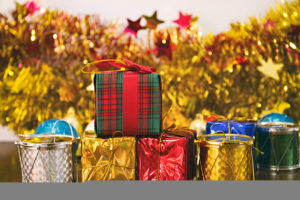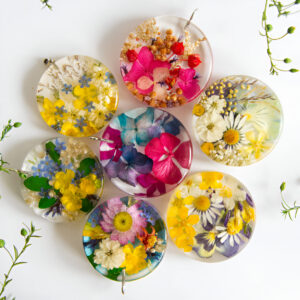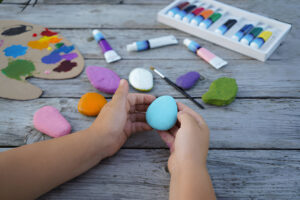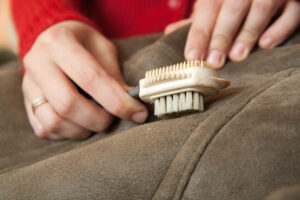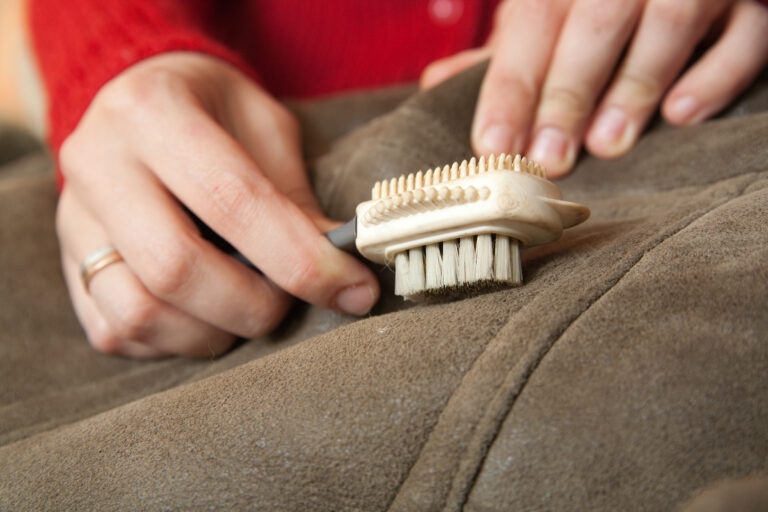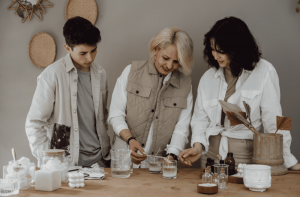Mold on leather can be a nightmare for anyone who cherishes their leather goods. Whether it’s your beloved leather handbag, jacket, or even leather furniture, mold can quickly destroy the beauty and integrity of your items. The good news is, with the right techniques, you can restore your leather to its original condition. In this guide, we’ll walk you through effective methods to get rid of mold on leather and help you keep your items safe for the long term.
What Causes Mold on Leather?
Before diving into the cleaning process, it’s essential to understand what causes mold on leather. Mold typically thrives in warm, damp, and poorly ventilated conditions. Leather is a porous material, and when it absorbs moisture, it becomes an ideal breeding ground for mold spores. This is why leather items left in humid environments or exposed to rain without proper drying are more susceptible to mold growth.
Step 1: Prepare Your Leather for Cleaning
The first thing you’ll need to do is prepare your leather for mold removal. Here’s how to do it:
- Choose a Well-Ventilated Area: Mold spores are often airborne, so it’s crucial to clean leather items in a well-ventilated area to prevent the spores from spreading. A garage or outdoor space works best.
- Wear Protective Gear: Mold can be harmful to your health, so it’s a good idea to wear gloves and a mask when handling moldy leather to protect yourself from spores.
- Test in an Inconspicuous Area: Before you apply any cleaning method, test it on a small hidden area of the leather to ensure it doesn’t cause discoloration or damage.
Step 2: Clean the Leather Surface
Once you’ve gathered your materials and prepared the leather, it’s time to start cleaning. Here’s what you’ll need:
- White vinegar or rubbing alcohol
- Soft cloths or sponges
- Leather conditioner
- Mild soap (optional)
Method 1: Vinegar Solution
- Mix a Solution: Combine equal parts white vinegar and water in a bowl or spray bottle.
- Apply the Solution: Dampen a soft cloth with the solution (don’t soak it). Gently wipe the affected areas, being careful not to saturate the leather.
- Wipe Off Mold: The vinegar will help break down the mold. Use a soft sponge to gently scrub the affected spots.
- Dry the Leather: After cleaning, allow the leather to air dry naturally. Never use direct heat, as this can cause the leather to crack.
Method 2: Rubbing Alcohol Solution
- Mix Alcohol and Water: If you prefer rubbing alcohol, mix equal parts rubbing alcohol and water in a spray bottle.
- Spray and Wipe: Lightly spray the solution on the leather and wipe away the mold. Again, use a gentle touch to avoid damaging the surface.
- Dry Thoroughly: Dry the leather with a clean cloth, ensuring that no moisture remains, as this could encourage further mold growth.
Step 3: Deodorize Your Leather
Mold can leave behind a musty odor, even after the visible growth has been removed. To deodorize your leather:
- Baking Soda: Sprinkle baking soda over the leather and let it sit for a few hours. Baking soda naturally absorbs odors and moisture.
- Vacuum: Once the baking soda has absorbed the smell, gently vacuum it off with a soft brush attachment.
Step 4: Condition Your Leather
Cleaning mold off leather can strip away its natural oils, which is why conditioning is an essential step. Leather conditioner will help restore moisture and keep your leather supple.
- Apply Leather Conditioner: Use a soft cloth to apply a small amount of leather conditioner to the leather surface.
- Buff Gently: Massage the conditioner into the leather in small circular motions, ensuring even coverage. Let it sit for 10-15 minutes, then buff the leather with a clean, dry cloth.
Step 5: Prevent Future Mold Growth
To prevent mold from returning, you’ll need to take a few precautions:
- Store Leather Items Properly: Keep your leather goods in a cool, dry place. Avoid storing them in damp or humid environments, and always store leather in a breathable dust bag to protect it from moisture.
- Use Moisture Absorbers: Place moisture-absorbing packets, such as silica gel, in your leather storage areas. These help reduce humidity and prevent mold growth.
- Clean Regularly: Regularly clean your leather goods to remove dirt and moisture that can contribute to mold development.
Final Thoughts
Mold doesn’t have to be the end of your favorite leather accessories. By following these simple steps, you can effectively remove mold and keep your leather items looking great for years to come. Always be cautious when dealing with mold, and remember to use the proper safety gear. With the right cleaning techniques and preventive measures, your leather goods will remain pristine and mold-free for the long term.
Frequently Asked Questions (FAQs)
1. Can I remove mold from the leather myself?
Yes, with the right tools and techniques, you can safely remove mold from leather. Just make sure to use a gentle cleaning solution and apply conditioner afterward.
2. Will vinegar damage my leather?
No, vinegar is safe for most leather types. However, always test on an inconspicuous area first to ensure it doesn’t cause discoloration.
3. How can I prevent mold from growing on leather?
Store your leather items in a dry, cool place, use moisture-absorbing packets, and clean them regularly to keep mold at bay.
4. Is it safe to use rubbing alcohol on leather?
Yes, rubbing alcohol can be used to remove mold. However, always dilute it with water and test on a small area to avoid damage to the leather.

